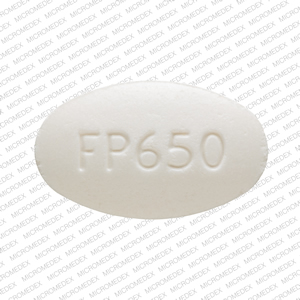Tranexamic acid Disease Interactions
There are 5 disease interactions with tranexamic acid.
Tranexamic acid (applies to tranexamic acid) intravascular clotting
Major Potential Hazard, Moderate plausibility. Applicable conditions: Disseminated Intravascular Coagulation
The use of tranexamic acid is contraindicated in patients with active intravascular clotting.
References
- (2022) "Product Information. Lysteda (tranexamic acid)." Xanodyne Pharmaceuticals Inc
Tranexamic acid (applies to tranexamic acid) subarachnoid hemorrhage
Major Potential Hazard, High plausibility. Applicable conditions: Intracranial Hemorrhage
The use of tranexamic acid is contraindicated in patients with subarachnoid hemorrhage. Cerebral edema and infarction can occur in patients with subarachnoid hemorrhage.
References
- (2001) "Product Information. Cyklokapron (tranexamic acid)." Pharmacia and Upjohn
Tranexamic acid (applies to tranexamic acid) color vision defect
Moderate Potential Hazard, Moderate plausibility. Applicable conditions: Visual Defect/Disturbance
Tranexamic acid should be used with caution in patients with acquired defective color vision or visual disturbances. Poorly characterized visual abnormalities have been reported in patients during tranexamic acid therapy. Retinal degeneration in a variety of animal species (not human) at oral and IV doses 3 to 40 times the recommended human dosage has been noted. Ophthalmologic testing and monitoring (visual acuity, and optical coherence tomography) prior to and at regular intervals during treatment is recommended for patients treated longer than 3 months. Discontinue treatment if changes in ophthalmological examination occur.
References
- (2001) "Product Information. Cyklokapron (tranexamic acid)." Pharmacia and Upjohn
Tranexamic acid (applies to tranexamic acid) convulsions
Moderate Potential Hazard, Moderate plausibility. Applicable conditions: Seizures
Convulsions have been reported in association with tranexamic acid treatment, particularly in patients receiving tranexamic acid during cardiovascular surgery and in patients inadvertently given tranexamic acid into the neuraxial system. Caution is advised if administering in patients with convulsive disorders.
References
- (2022) "Product Information. Lysteda (tranexamic acid)." Xanodyne Pharmaceuticals Inc
Tranexamic acid (applies to tranexamic acid) renal dysfunction
Moderate Potential Hazard, High plausibility.
Tranexamic acid is primarily eliminated by the kidney. Approximately 95% of tranexamic acid is excreted in the urine unchanged. The serum concentration of tranexamic acid is increased and the elimination half-life prolonged in patients with renal impairment. Therapy with tranexamic acid should be administered cautiously and dosages reduced in patients with compromised renal function. Clinical monitoring of renal and clotting functions is recommended.
References
- (2001) "Product Information. Cyklokapron (tranexamic acid)." Pharmacia and Upjohn
Tranexamic acid drug interactions
There are 39 drug interactions with tranexamic acid.
More about tranexamic acid
- tranexamic acid consumer information
- Check interactions
- Compare alternatives
- Pricing & coupons
- Reviews (273)
- Drug images
- Latest FDA alerts (1)
- Side effects
- Dosage information
- During pregnancy
- Drug class: miscellaneous coagulation modifiers
- Breastfeeding
Related treatment guides
Drug Interaction Classification
| Highly clinically significant. Avoid combinations; the risk of the interaction outweighs the benefit. | |
| Moderately clinically significant. Usually avoid combinations; use it only under special circumstances. | |
| Minimally clinically significant. Minimize risk; assess risk and consider an alternative drug, take steps to circumvent the interaction risk and/or institute a monitoring plan. | |
| No interaction information available. |
Further information
Always consult your healthcare provider to ensure the information displayed on this page applies to your personal circumstances.


